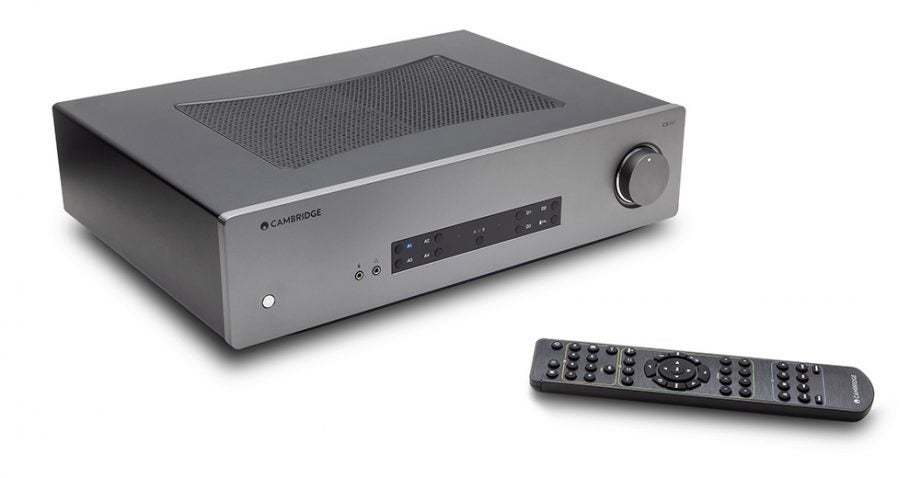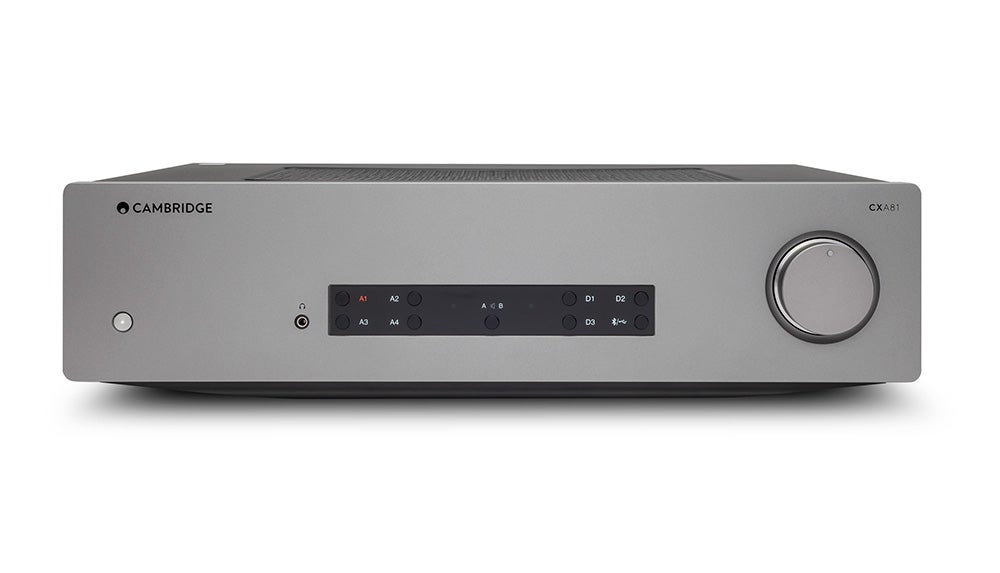Cambridge Audio unveils the CX Series 2 range

Five years since the launch of its CX series, Cambridge Audio has introduced a major update of its CX range with the CX 2.
The CX 2 series consists of the CXA61 (£749/$999) and CXA81 (£999/$1299) integrated amplifiers, with the existing CXN (V2) and CXC hi-fi separates getting re-paint.
The CXA61 replaces the CXA60, and boasts 60 watts per channel, with a range of digital and analogue inputs available. The CXA60’s DAC has been upgraded to a “cutting-edge” ES9010K2M, and other new features include a USB input that can play sources up to 32bit/384kHz and DSD256. Bluetooth has been integrated into the unit (the CXA60 required a dongle), so users can now play audio in aptX HD Bluetooth.
Related: What is aptX and aptX HD Bluetooth?

The Cambridge Audio CXA81
Above the CXA61 stands the better specced CXA81. Fashioned to be “an uncompromising integrated amplifier”, each of CXA81’s components have been carefully selected to deliver the “Great British Sound” that Cambridge Audio trades on. With 80 watts per channel, the CXA81 has been rebuilt from the ground up with several new features included over the CXA80.
There’s now a ESS Sabre ES9016K2M DAC, a USB input that supports 32bit/384kHz and DSD256 quality and, like the CXA61, an integrated aptX HD Bluetooth receiver.
The CXN (V2) network streamer and CXC CD transport are getting new paint jobs as part of the update. They’ll be available in Lunar Grey colour option, the same as the CXA61 and CXA81.
The CXA61 and CXA81 integrated amplifiers both go on sale in October, along with the refreshed looks of the CXN (V2) and CXC.


